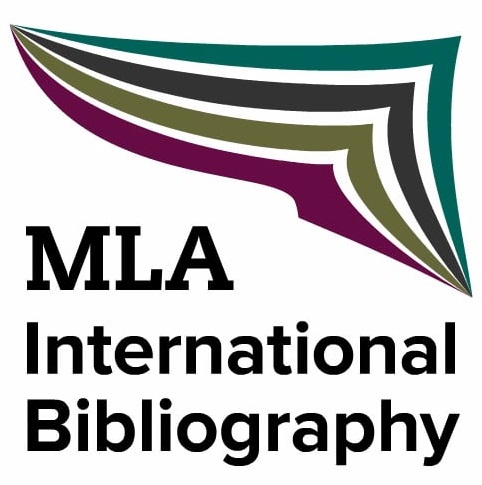“Fading into Unborn Photographs”: Narrativizing/Allegorizing the Historical Object in Michael Ondaatje’s Fiction
DOI:
https://doi.org/10.13135/2281-6658/3445Keywords:
Photography, Literature, History, Materialism, AllegoryAbstract
Photography features prominently in the works of Canadian writer Michael Ondaatje. Its presence is to be found at a thematic level, as a key to the advancement of the plot(s), and at the level of the writer’s idiosyncratic style. Photography often conveys odd elements and portrays the historically disempowered, who may, at certain moments, take on a voice that echoes their history of silence. In visual terms, historical objects, often immersed in darkness and oblivion, sporadically emerge into the light; in Ondaatje’s fiction, such an emersion interrupts and then re-channels, in crucial moments, the flow of history in alternative directions, re-imagining history against the grain. Despite its intense relation with its referent(s), photography is characterized by a series of distances and ruptures—both between the instant it portrays and the flow of time, and between its “thingness” and its possible uses and interpretations. In a somewhat paradoxical analogy between photography and allegory, it may be observed that allegorical modes of reading and writing are also grounded in distances and ruptures, especially in the acknowledgment of a temporal gap between the allegorical sign and its meaning(s). I suggest that Ondaatje’s literary engagement with photography—reread through Benjamin—may reconcile an allegorical tension with a historically materialist conception of art; this materialism emerges both in the attention devoted to the “small things” traversing history and in a consideration of art (informed by photography) as a historical agent in the material world. Ondaatje redeploys photography at the service of a “Benjaminian” conception of history—which is, in turn, substantially informed by Benjamin’s own reflections on the invention of photography and its consequences.Downloads
Downloads
Published
Issue
Section
License
Authors keep the copyrights for their work and give the journal the work’s first publication copyright, which is at the same time licensed under a Creative Commons License – Attribution, which in turn allows other parties to share the work with an acknowledgement of the work's authorship and initial publication in this journal.
Content Licence

You are free to copy, distribute and transmit the work, and to adapt the work. You must attribute the work in the manner specified by the author or licensor (but not in any way that suggests that they endorse you or your use of the work).
Metadata licence

CoSMo published articles metadata are dedicated to the public domain by waiving all publisher's rights to the work worldwide under copyright law, including all related and neighboring rights, to the extent allowed by law.
You can copy, modify, distribute and perform the work, even for commercial purposes, all without asking permission.





